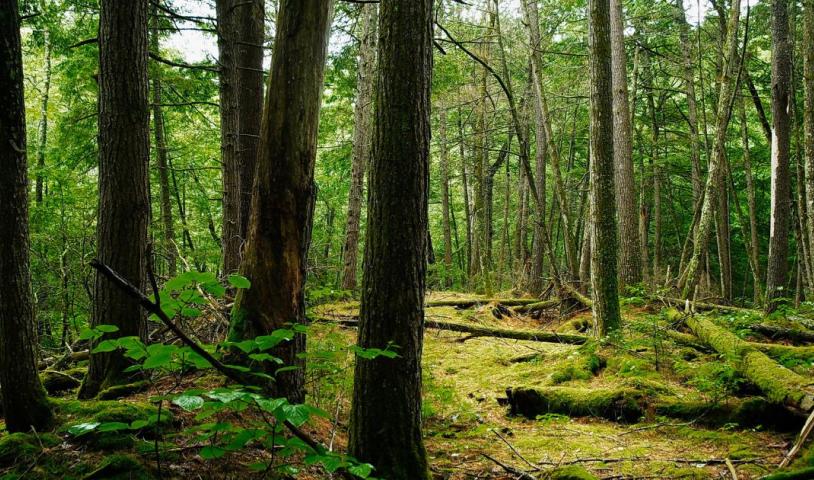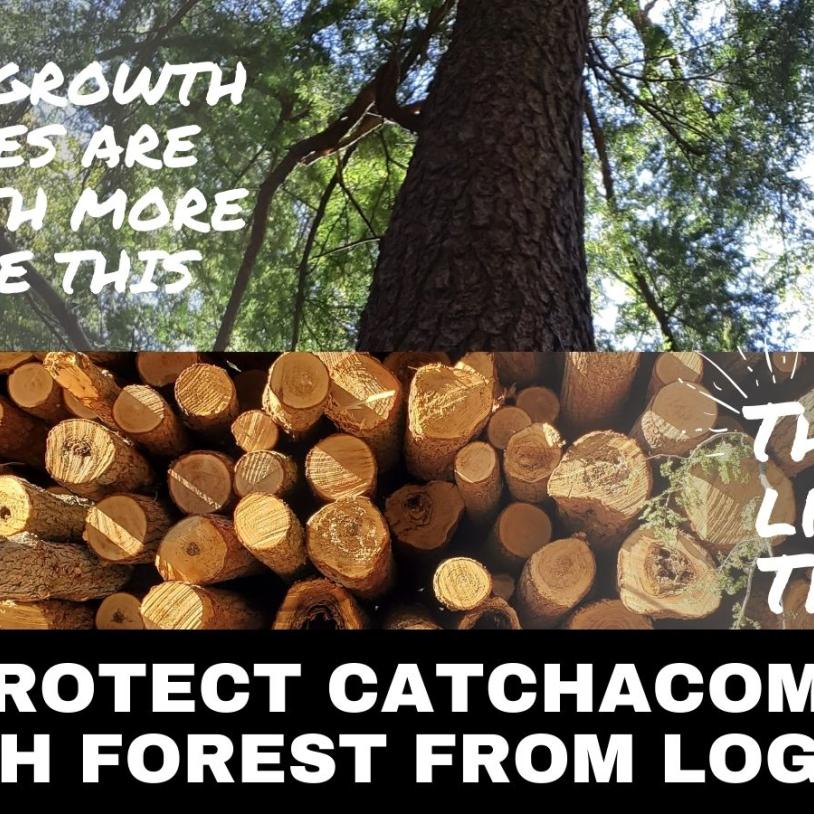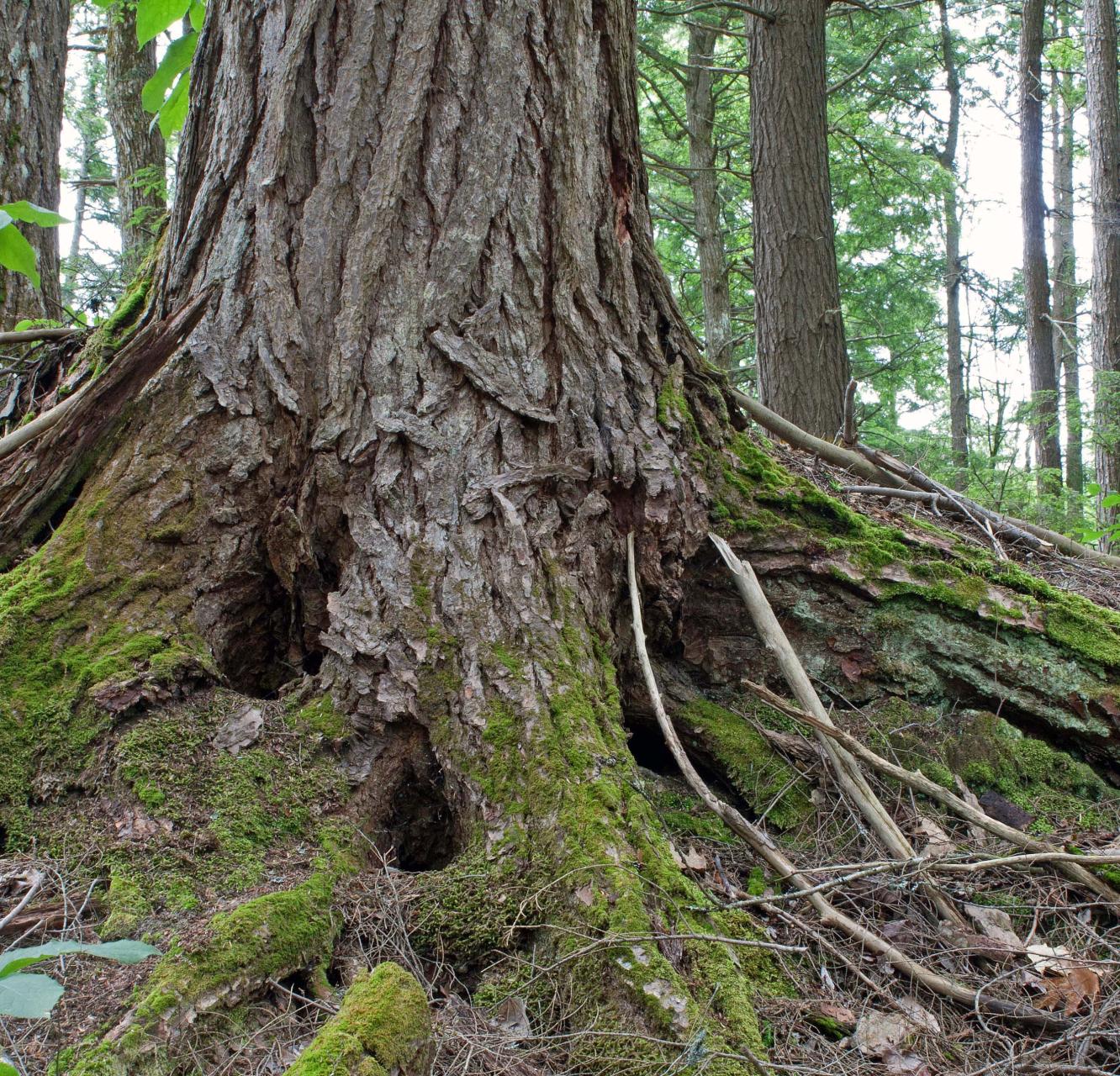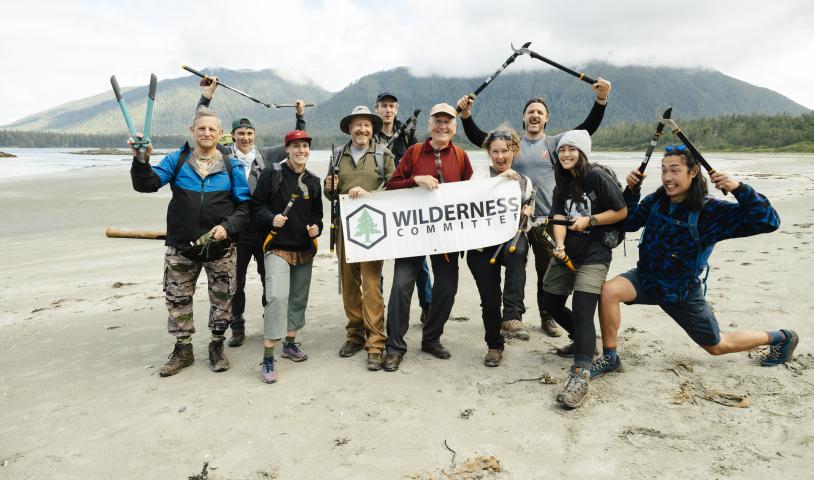This Month in ‘Meh’: Ontario’s proposal for expanding protected areas lacks ambition
Thursday, August 22, 2024
On July 19, 2024, Ontario’s Ministry of Environment, Conservation and Parks (MECP) posted a $10 million proposal to expand crown land protected areas on the province's Environmental Registry (ERO). While protected areas expansion is a welcome move that the Wilderness Committee has been calling for, we crunched the numbers and found the proposal to be underwhelming, barely budging the needle on what’s needed.
What’s more, the proposal doesn’t meet the recommendations of the government’s own Protected Areas Working Group. Here’s our breakdown of how the Ford government’s proposal falls short.
Quick Facts on Ontario Protected Places:
|
Itty-bitty baby steps
Ontario has lots of work to do to increase protected areas, both to catch up to other provinces and territories, and to meet Canada’s commitment — under the UN biodiversity framework — of protecting 30 percent of lands and waters by 2030. The 2020 Ontario government-appointed Protected Areas Working Group (PAWG) recommended the province adopt the federal target and create a comprehensive strategy, in co-operation with Indigenous Nations and conservation organizations, to meet it. But the MECP buried that report.
Even so, in 2023 Ontario signed a three-year, nearly $10-million agreement with Environment and Climate Change Canada (ECCC) to support new protected places. While this spawned the current proposal to add 27 sites to existing provincial parks and conservation reserves, these sites were low-hanging fruit, already poised for protection for years. They frustratingly represent only a fraction of those available with this status. As a result the proposed sites amount to a dismal total increase of 0.01%. At this rate, MECP would need to release a new protected places expansion project of this same size every day between now and 2030 to meet the federal conservation target. In other words, this proposal is simply nowhere near the scale that’s required.
Completing Ontario’s Living Legacy Strategy: spoiler alert, it doesn’t
According to the MECP proposal, the province acquired 10 out of the 27 proposed sites for new protection under the 1999 Ontario Living Legacy (OLL) Strategy. This was the largest one-time expansion of Ontario’s protected areas system in the province’s history. However 25 years later, it has yet to be fully completed, with over 340,000 ha in 44 sites still awaiting protection. While completing this vision is a minimum and relatively easy step towards increasing protected places, the current proposal only accounts for 10 sites totalling 8,720 ha, or less than three per cent of what was recommended as near-term opportunities by PAWG.
Protecting newly acquired provincial lands: numbers don’t add up
The other 17 sites are those the province acquired through private land donations and acquisitions in recent years. These total the remaining 1,604 ha of land proposed for protection. But once again, these numbers do not reflect those in the PAWG report, which states the province has 14,000 ha of land available for protection through acquisitions as of 2020.
Ontario continuing to ignore Indigenous leadership
In addition to the lackluster numbers, there is a distinct absence of meaningful consultation with First Nations in the selection of the proposed sites. The posting includes the caveat that the ministry will contact Indigenous communities informing them about the sites, and that new protection status won’t impede treaty rights.
However, this is a far cry from the Indigenous leadership and Nation to Nation dialogue on advancing protected and conserved areas called for in the PAWG recommendations. Indeed, the working group report identified several areas proposed for Indigenous-led protection by First Nations communities that the province could support as pilots. These are nowhere to be seen in this proposal.
Missing in action
Also absent is engagement with more recent protected site proposals from conservation organizations with local ecological expertise. A prime example is the Catchacoma Forest, a rare old-growth forest in Peterborough County identified by non-profit group Ancient Forest Exploration and Research in 2019. The Wilderness Committee has been advocating for protection for this site for five years, with support from community members and the municipality, and it could easily be added to the adjacent Kawartha Highlands Provincial Park.
Just the first step?
Overall, this proposal demonstrates the same lack of commitment to expanding protected places that has plagued MECP for over a decade. The proposal doesn’t include a budget breakdown of how the $10 million from the federal government is being used, nor whether the province is matching those funds. We can only hope this is just a first step of many in increasing Ontario’s protected areas. We look forward to a more strategic and ambitious plan with targeted and transparent protection goals in line with what’s needed to address the biodiversity and climate crises. But of course, we can’t just hope, we must also raise our voices and tell our provincial leaders to step up their game.





